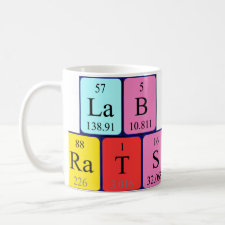
Authors: Li RH, Li L, Sun XT, Wang Y
Article Title: Synthesis, characterization and application of dummy-template molecularly imprinted microspheres for 2,4-d butyl ester.
Publication date: 2017
Journal: Journal of Macromolecular Science, Part A
Volume: 54
Issue: (12)
Page numbers: 931-937.
DOI: 10.1080/10601325.2017.1381923
Abstract: Dummy-template molecularly imprinted microspheres were synthesized via precipitation polymerization employing 2,4-D isooctyl ester as the template molecule instead of 2,4-D butyl ester, while methacrylic acid and divinylbenzene were used as functional monomer and cross-linker in acetonitrile or a mixture of acetonitrile and toluene. The microspheres were characterized by scanning electron microscopy, laser particle size analyzer and fourier transform infrared spectrometry. Binding capacity experiment showed that the molecularly imprinted polymers prepared in a mixture of acetonitrile and toluene had a high binding capacity. The performance of microspheres was further assessed by equilibrium binding and kinetic adsorption experiments. The results showed that the apparent maximum adsorption reached up to 1.35 mg g-1 within 10 min. Based on the dummy-template microspheres, a molecularly imprinted solid phase extraction-gas chromatography method was developed for the selective analysis of 2,4-D butyl ester in soil samples. The mean recoveries of 2,4-D butyl ester from blank soil samples ranged from 85.9 to 99.3% with relative standard deviations of 4.5-14.3% (n = 5). The limit of detection and the limit of quantification of 2,4-D butyl ester were 0.8 μg kg-1 and 2.3 μg kg-1, respectively
Template and target information: dummy template, 2,4-D isooctyl ester, 2,4-D butyl ester
Author keywords: 2,4-D butyl ester, Dummy molecularly imprinted microspheres, molecularly imprinted solid phase extraction, precipitation polymerization



Join the Society for Molecular Imprinting

New items RSS feed
Sign-up for e-mail updates:
Choose between receiving an occasional newsletter or more frequent e-mail alerts.
Click here to go to the sign-up page.
Is your name elemental or peptidic? Enter your name and find out by clicking either of the buttons below!
Other products you may like:
 MIPdatabase
MIPdatabase









